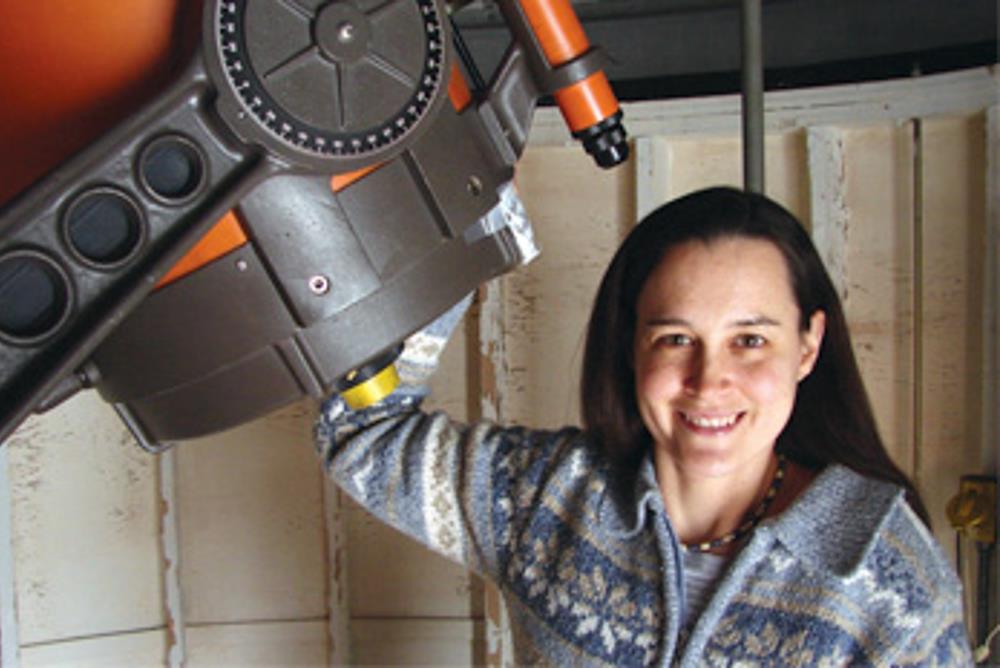W&M Homepage
[PAST EVENT] Physics Colloquium

Maura McLaughlin, West Virginia University, Title of Talk: A Galactic Scale Gravitational Wave Observatory
Abstract: Pulsars are rapidly rotating neutron stars with phenomenal rotational stability that can be used as celestial clocks in a variety of fundamental physics experiments. One of these experiments involves using an array of precisely timed millisecond pulsars to detect perturbations due to gravitational waves at much lower frequencies than those probed by LIGO. The gravitational waves detectable through pulsar timing will most likely result from an ensemble of supermassive black hole binaries. I will describe the efforts of the North American Nanohertz Observatory for Gravitational Waves (NANOGrav), a collaboration which monitors an array of over 70 millisecond pulsars with the Green Bank Telescope and Arecibo Observatory. The most recent limits on various types of gravitational wave sources will be presented, and I will show how these limits are already constraining models for galaxy formation and evolution. I will then describe the dramatic gains in sensitivity that are expected from discoveries of millisecond pulsars, more sensitive instrumentation, improved detection algorithms, and international collaboration and show that detection is possible before the end of the decade.
